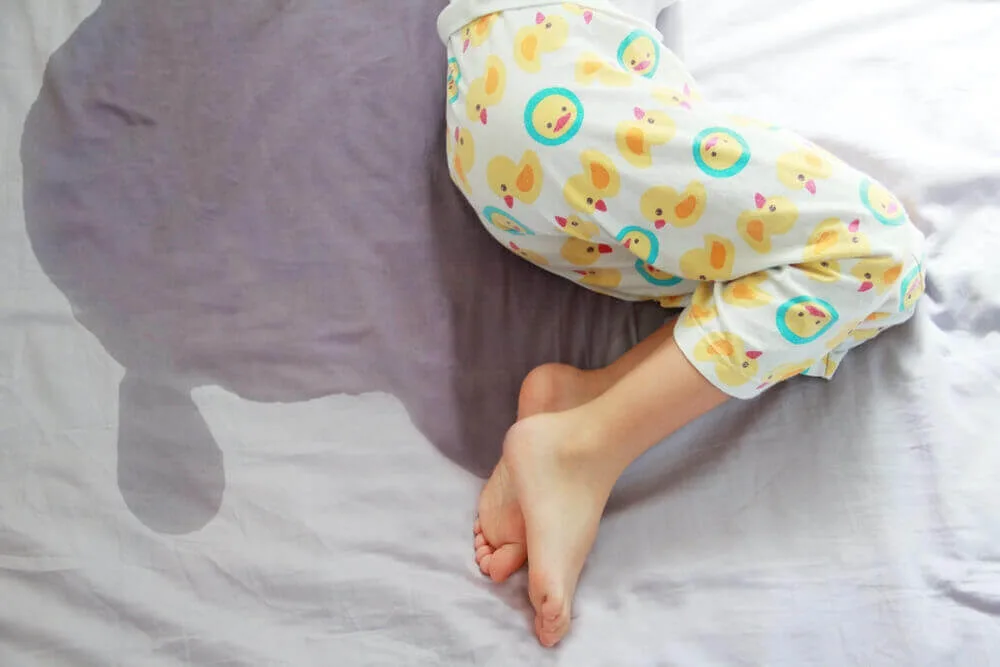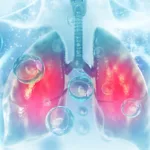Questıons And Answers: Nocturnal Enuresıs

What is enuresis?
Enuresis is the involuntary leakage of urine and is one of the most common urological problems in children. To talk about a child having enuresis, the child must have leaked urine at least twice a week for three months, with beddings and clothes being wet.
A typically developing child achieves bladder control around the age of 5. Approximately 90-95% of 5-year-old children can hold their urine during the day, and this percentage decreases to about 80-85% during nighttime hours.
What is nocturnal enuresis?
Nocturnal enuresis, also known as bedwetting, refers to the involuntary leakage of urine during the night in children aged 5 and older. Nocturnal enuresis is classified as primary or secondary.
– Primary enuresis: The child has never gained bladder control, and bedwetting has been ongoing.
– Secondary enuresis: The child has been able to control nighttime urination for at least 6 months after turning 5 but later experiences bedwetting.
The approach to treatment varies depending on whether it is primary or secondary enuresis.
How common is enuresis?
The prevalence of enuresis in the 5-year-old age group is approximately 15%, decreasing to 7% at the age of 10 and 1% at the age of 15. The frequency of enuresis is higher in boys compared to girls. In Turkey, the prevalence of enuresis varies between 11.6% and 21%.
What factors contribute to enuresis?
Several factors contribute to the development of enuresis. These include genetic factors, hormonal changes, sleep-wake disorders, and organic causes such as bladder disorders. Organic causes may include conditions like hyperthyroidism, diabetes mellitus, urinary infections, urethral obstruction, voiding dysfunction, ectopic ureter, or obstructive sleep apnea.
Is enuresis genetic?
If one parent has a history of enuresis, the likelihood of the child having enuresis is 46%. If both parents have a history of enuresis, this likelihood increases to 77%. Some studies suggest that certain genes, such as those on Chromosomes 12 and 13q, may be responsible for enuresis. The higher occurrence of enuresis in monozygotic twins compared to dizygotic twins also supports the genetic influence.
What are the factors that may cause enuresis?
In about 97% of cases, no organic cause is found. Possible factors contributing to enuresis include stress-related bladder control disorders, high awakening threshold during sleep, conditions leading to increased nighttime urine production (nocturnal polyuria), insufficient development of the detrusor muscle responsible for bladder control, smaller-than-normal bladder size, chronic constipation, and more.
How is enuresis diagnosed?
The fundamental diagnostic approaches include a detailed medical history, physical examination, and laboratory analysis. During the medical history, aspects such as the child’s frequency of urination, daytime and nighttime wetting, fluid intake, constipation, family history of enuresis, sleep habits, and psychological status should be explored. Maintaining a diary of the child’s bowel and bladder activities for at least two consecutive days is also recommended.
What diagnostic tests are performed for enuresis?
The most commonly used and effective laboratory test is a complete urinalysis (UA). UA checks for the presence of glucose (glucosuria) and protein (proteinuria) in urine and determines if there is any infection. In children who only experience bedwetting at night, a complete urinalysis and urine culture are generally sufficient. However, additional tests such as uroflowmetry, urodynamic tests, cystourethrography, and ultrasound of the urinary system may be performed in complicated cases or when there is both nighttime and daytime urinary incontinence.
What are the treatment options for enuresis?
It is not recommended to start enuresis treatment before the age of 5 due to ongoing neurological development. However, treatment should be initiated as early as possible, considering the psychological problems and challenges it may create when the child starts school.
The treatment approach depends on the underlying pathogenesis of the condition:
Desmopressin Treatment: If the ADH level is low, desmopressin is administered through different routes (oral, sublingual, nasal). This treatment can reduce nighttime urination by 4 to 6 times. If a positive response is achieved, the dose is gradually reduced, and the medication is discontinued after 3-6 months of use.
Alarm Treatment: Alarm treatment is highly effective, especially in children who sleep deeply and have difficulty waking up. Success rates range from 50% to 70% in families that can adapt to the treatment process. Alarm treatment is often combined with desmopressin, enhancing its effectiveness.
Anticholinergic Medications: Anticholinergic drugs are commonly preferred in cases with bladder size and muscle disorders.
Supportive Treatment: The goal of supportive treatment is to discuss the problem with the family and child, provide detailed information, talk about possible treatment options, and alleviate any concerns related to the disease.









